Napa Valley’s Newton Vineyard
Spanning microclimates and elevation, a look at the heritage estate that puts fruit forward
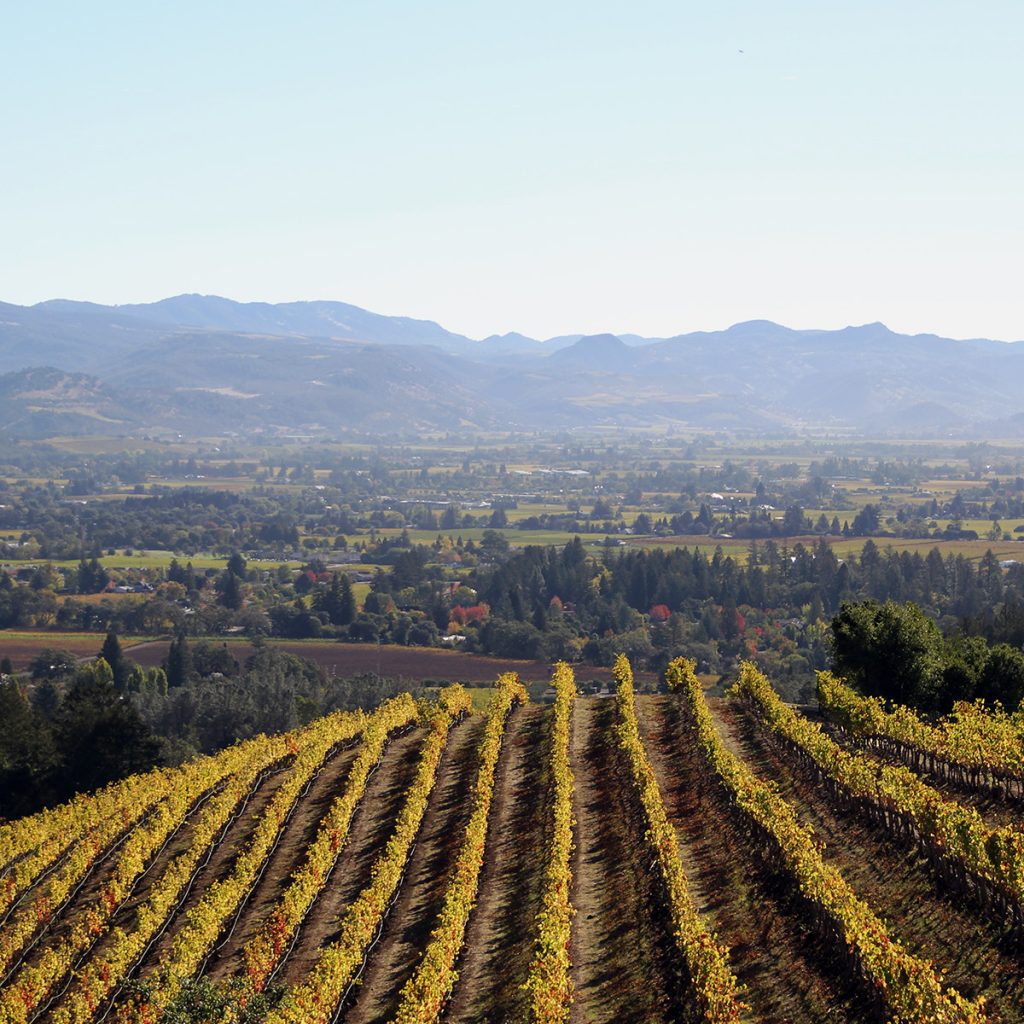
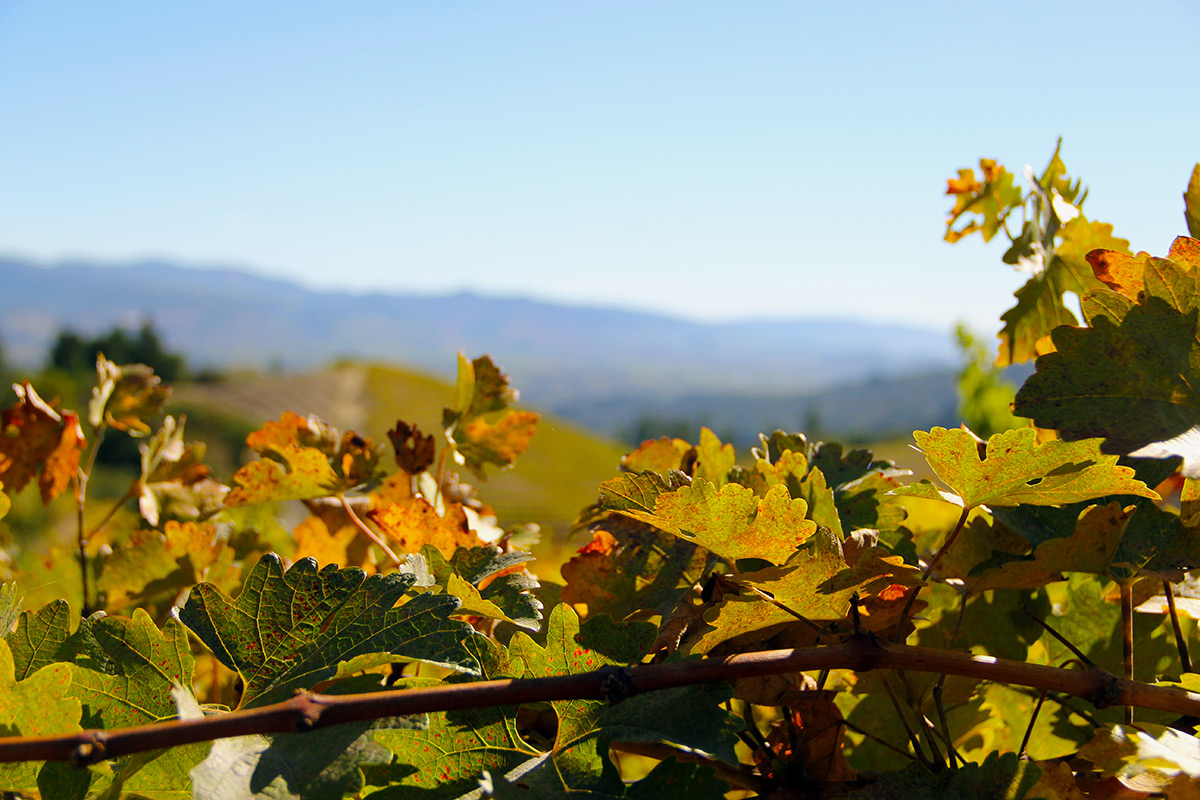
Once considered a scrappy competitor to its European counterparts, Californian wine—the Napa Valley region in particular—has since secured itself in the minds (and palates) of wine lovers the world over. With the rise in the popularity and recognition of Napa wines over the years, the sleepy stretch of farmland and quaint towns have been thrust into the international culinary and travel spotlight. As vineyards sprang up like weeds, local lawmakers had the foresight to pass an ordinance in 1991, preventing growers from planting on hills past a certain grade to prevent mass erosion. Those planted prior to the ordinance were grandfathered in, and carry a certain pedigree that newly minted vineyards can only admire from the valley floor. With this in mind, the steep switchback journey up to Newton Vineyard is the first of many attributes that set this heritage estate apart.
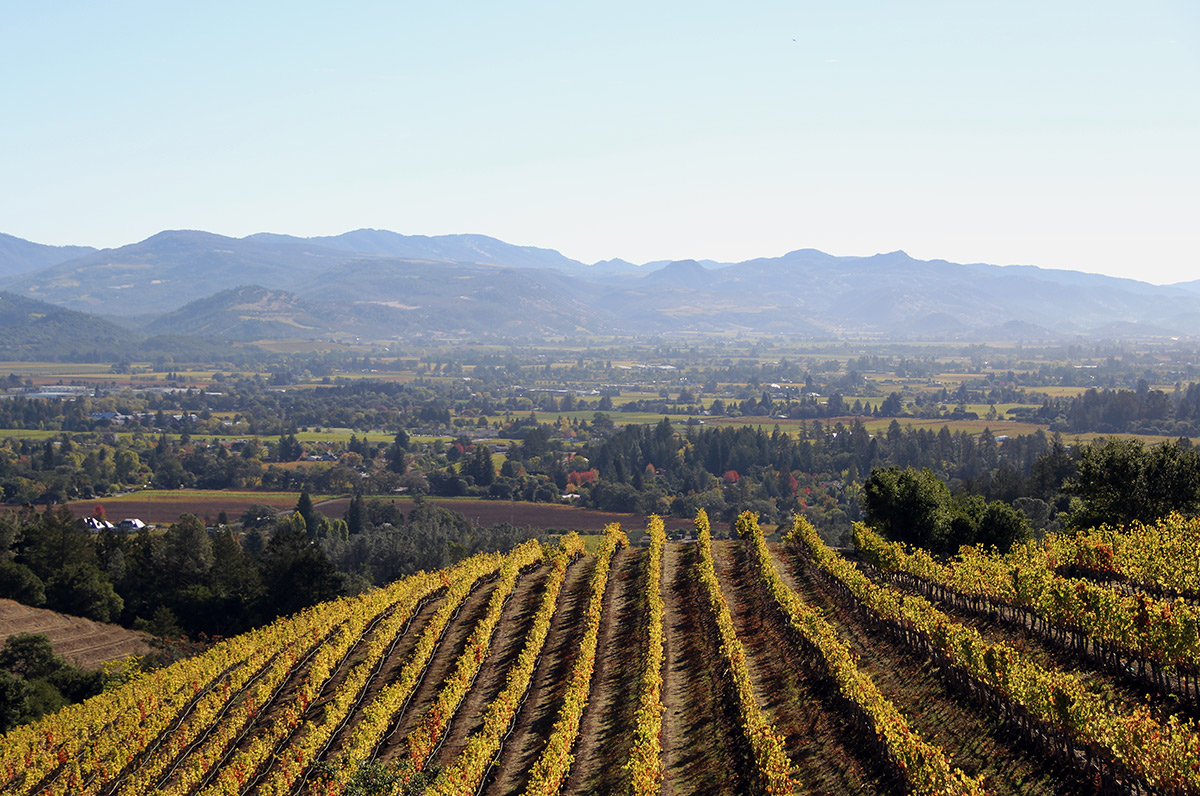
The eponymous founder Peter Newton established the estate (his second vineyard in the region) in 1977. The late Newton was among the crop of early vintners that played a key role in developing Napa’s prestigious reputation. Now run in part by Newton’s family and French luxury group LVMH, the estate spans over 120 planted acres. Planting elevations range from 500 to 1,600 feet above sea level, making use of the region’s varied microclimates that impart unique characteristics in the grapes depending on their elevation. With an eye on sustainability and biodiversity, just 20% of the total grounds are planted, with the remainder an untouched habitat for wildlife.
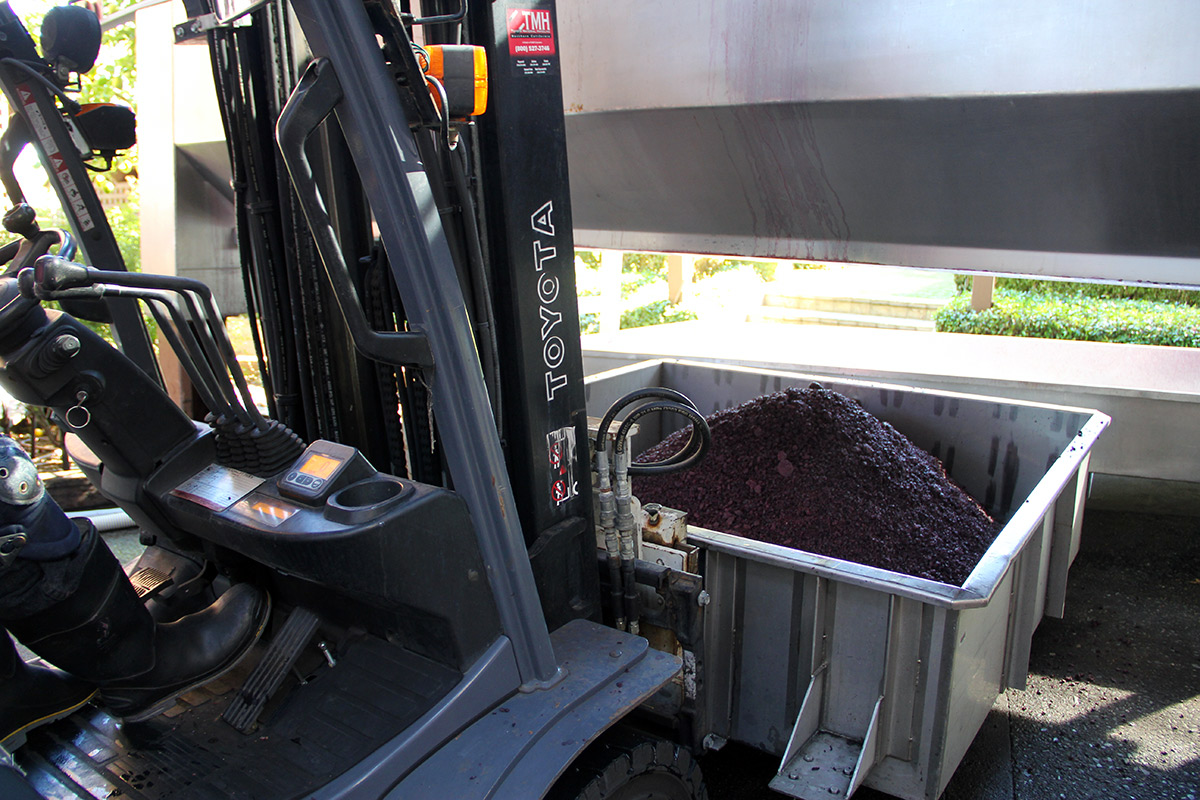
With access to such varied fruit on pristine land, taking the helm at Newton is something of a winemaker’s dream. Joining the team in 2014 as Vineyard Estate Director and Winemaker, Rob Mann already had the title Australian Winemaker of the Year. Coming from an Australian winemaking dynasty in Western Australia’s Margaret River, Mann’s goal is not to bend the grapes to his will. “The winemaking—when executed well—should be in the background with the characters of the fruit and the vineyard foreground,” Mann explains.
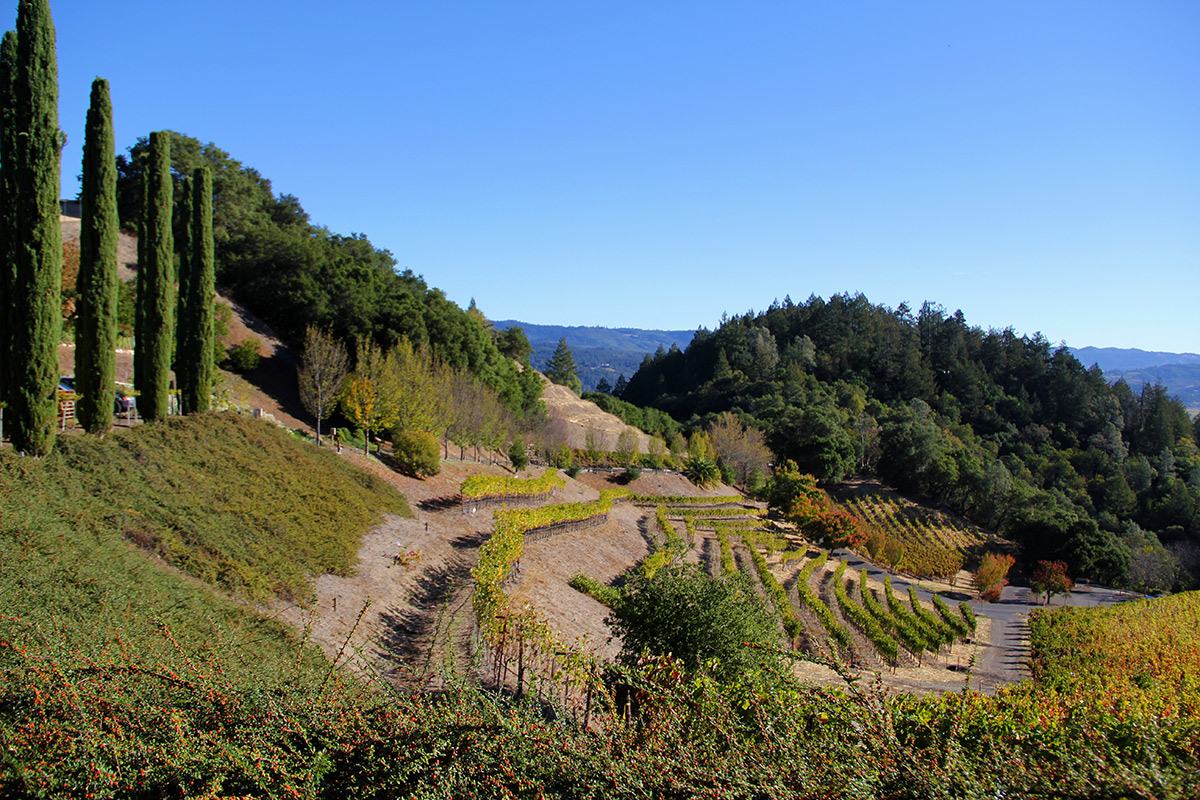
Exploring the expansive grounds of Newton reveals the importance of elevation in winemaking. At its highest point—known as Pino Solo for the 100-odd foot single pine tree visible from much of Napa—the grapes must be hand-picked and carried due to the steepness of the hill. At Newton, the sub-climate and elevation is in many ways the defining characteristic of the wine. “The southern end of the Valley is the coolest and latest to ripen perfectly suited to Chardonnay with high natural acidity, fine minerality and vibrant fruit flavors,” Mann explains of the sub-climate. “Yountville is a celebrated sub-region for Cabernet Sauvignon and is on the valley floor with deep alluvial soils producing rich and powerful fruit forward wines of great density. The mountain vineyards of Mount Veeder (cold nights and mild days) and Spring Mountain (above the fog line and early ripening) produce more structured savory wines of incredible diversity depending on soil,” Mann says.
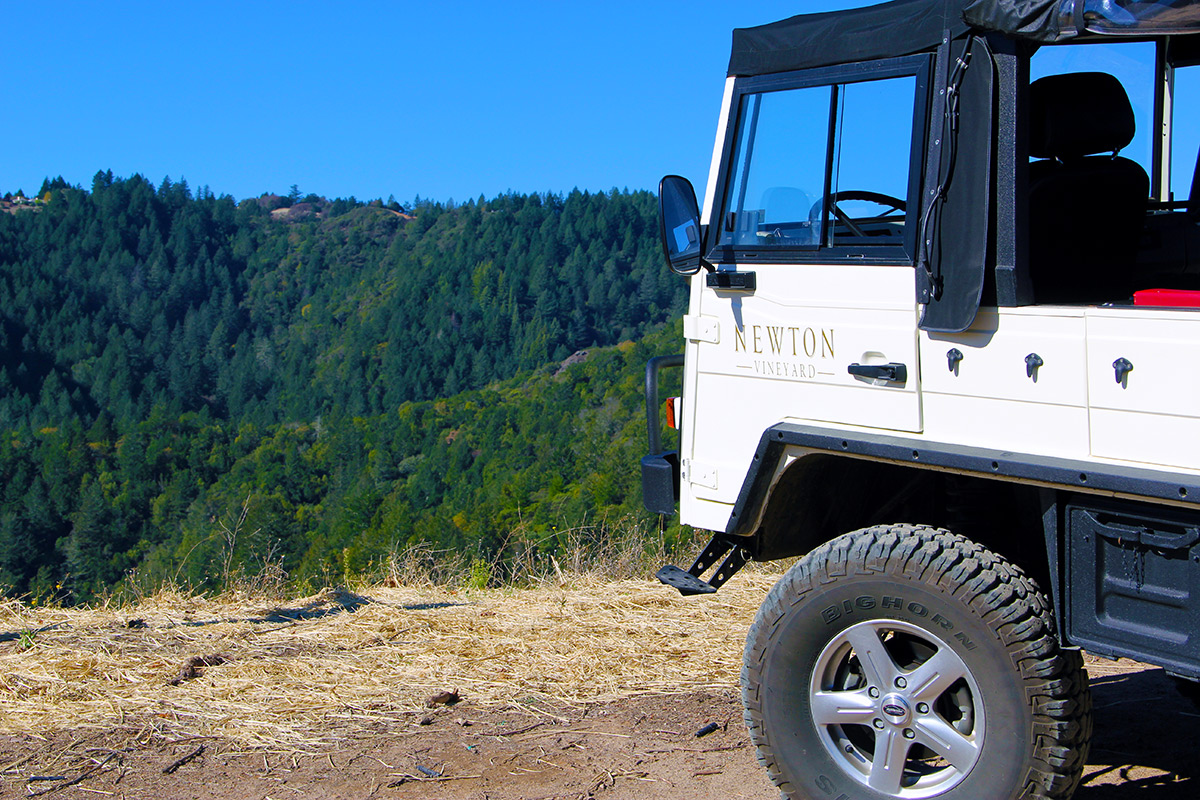
It’s these highest grapes that—when blended carefully—set Newton’s Puzzle Cabernet Sauvignon in a class all its own. The aptly named blend draws from the estates 112 vineyard blocks to create a rich, inky wine that is an expression of a wine that could only come from Napa. The higher fruits lend to the more dramatic notes, making this offering something that only those who have been in the game for decades can pull off and is sure to change with the vintage. “I look for inspiration from the vagaries of season, soil, varieties and the human influence all of which are variable,” Mann says of the blending process.
For those seeking wines that put location, climate and fruit at the forefront explore Newton’s offerings—especially The Puzzle, a blend that varies by year and the Unfiltered Chardonnay, a bold white with strong mineral notes sure to win over even chardonnay-adverse wine lovers.
Images by Hans Aschim












